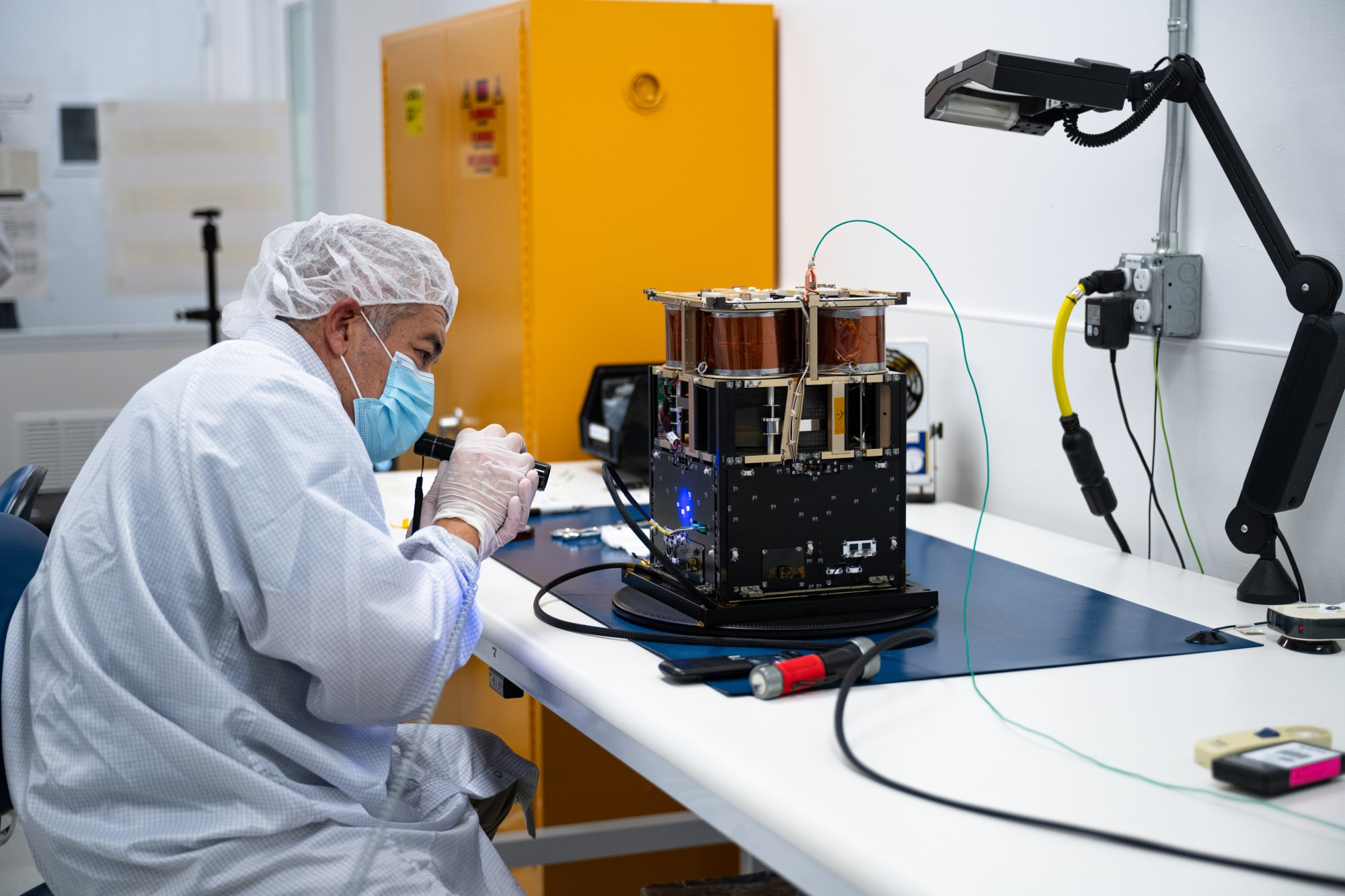Propulsion is always a big deal when it comes to space missions. Every gram counts when going up into space, so the more energy-dense your fuel is the better. You also usually can’t refuel once you are out there. An alternative solution, which doesn’t have this problem, is using a solar sail.
By taking advantage of the radiation pressure from sunlight, one can easily propel a spacecraft. This has been demonstrated several times but the technology still has challenges to overcome. So NASA is testing a new design dubbed the Advanced Composite Solar Sail System. It was deployed in orbit just a few days ago after flying on a Rocket Lab launch.
To be effective, the deployed sails and booms need to be as light as possible. For this new experiment, NASA has developed new composite materials that are not just lighter but also stiffer than previous approaches to solar sails.
“Booms have tended to be either heavy and metallic or made of lightweight composite with a bulky design – neither of which work well for today’s small spacecraft. Solar sails need very large, stable, and lightweight booms that can fold down compactly,” Keats Wilkie, the mission’s principal investigator at NASA’s Langley Research Center, said in a statement.
“This sail’s booms are tube-shaped and can be squashed flat and rolled like a tape measure into a small package while offering all the advantages of composite materials, like less bending and flexing during temperature changes.”
Mariano Perez, quality assurance engineer at NASA Ames, inspects the Advanced Composite Solar Sail System spacecraft.
Image Credit: NASA/Brandon Torres
The fully deployed sails measure 80 square meters (860 square feet) or roughly the area of six parking spots. But they pack really tightly and move around an air fryer-sized CubeSat. They will orbit on a Sun-synchronous orbit about 1,000 kilometers (600 miles) above the Earth’s surface.
“Seven meters of the deployable booms can roll up into a shape that fits in your hand,” said Alan Rhodes, the mission’s lead systems engineer at NASA’s Ames Research Center in California’s Silicon Valley. “The hope is that the new technologies verified on this spacecraft will inspire others to use them in ways we haven’t even considered.”
This technology could move spacecraft around Earth, the Moon, and the inner Solar System. It might be possible to see this test from the ground as under the right angle, the sail could be as bright as the star Sirius.
Source Link: NASA Deploys New Solar Sail Technology As 80-Square-Meter Sail Unfurls In Space
